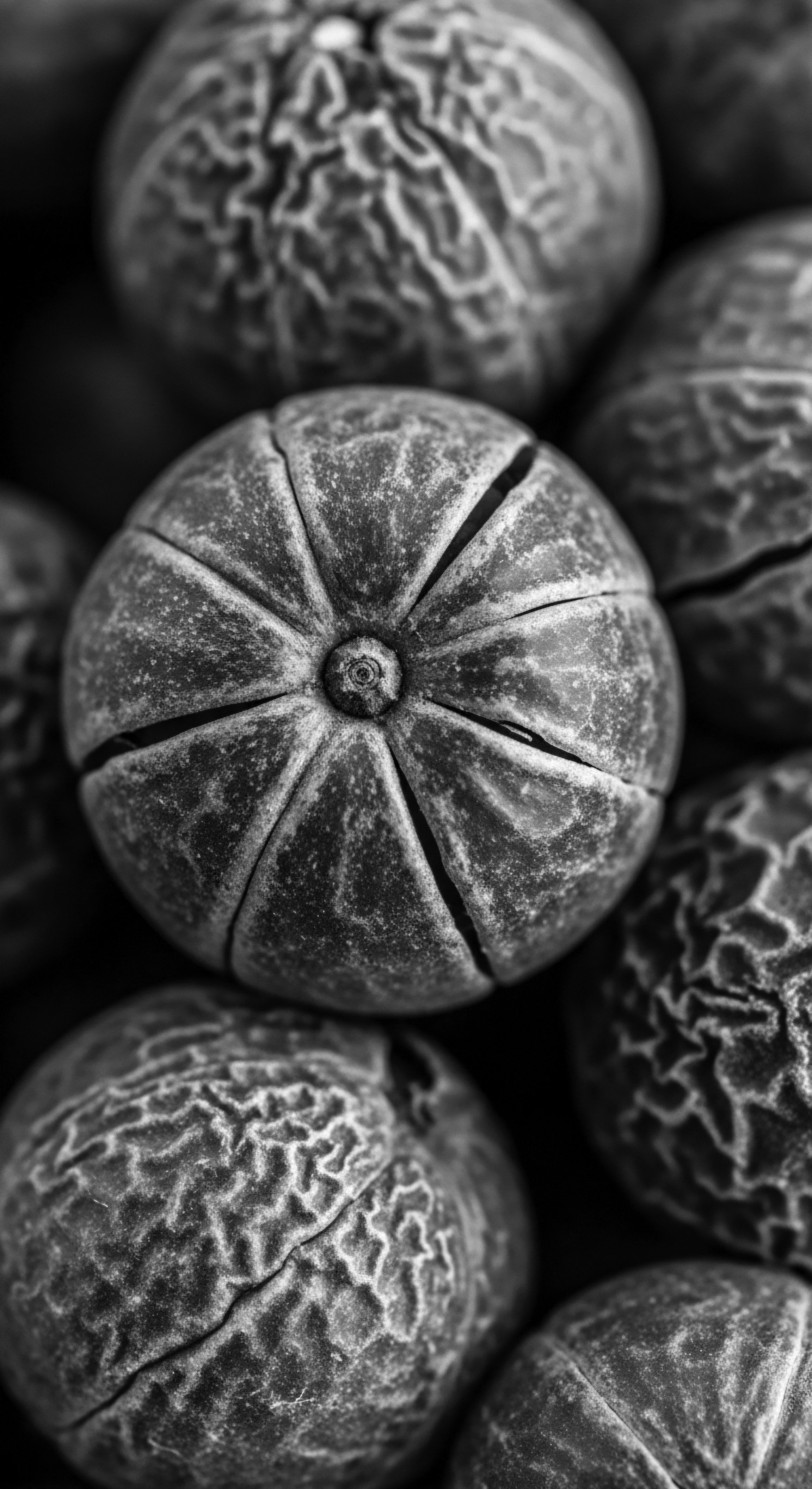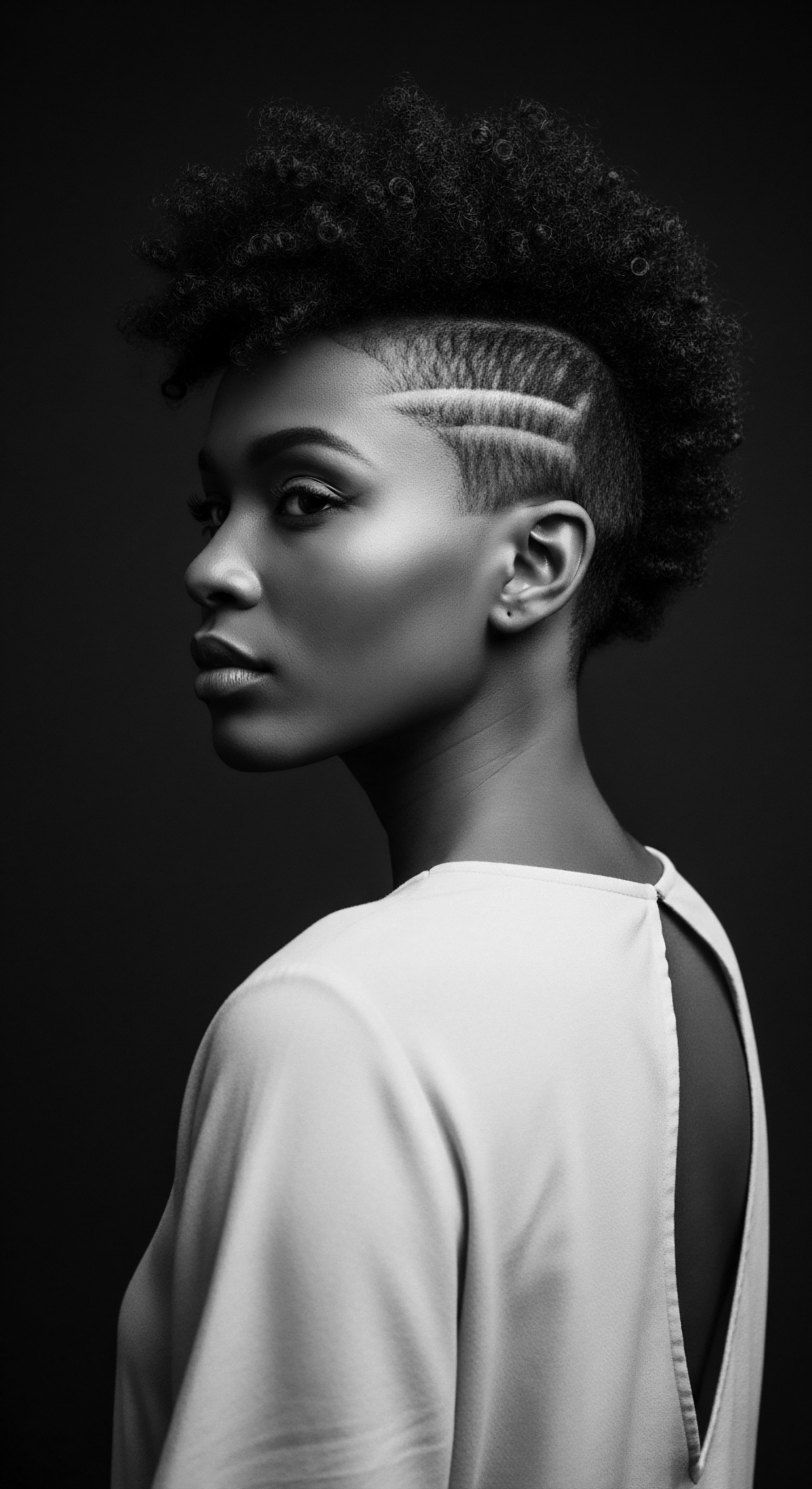
What Ancestral Methods Preserve Textured Hair Hydration Overnight?
Ancestral textured hair methods for overnight hydration involve protective styling and natural emollients, reflecting a profound heritage of intuitive care.
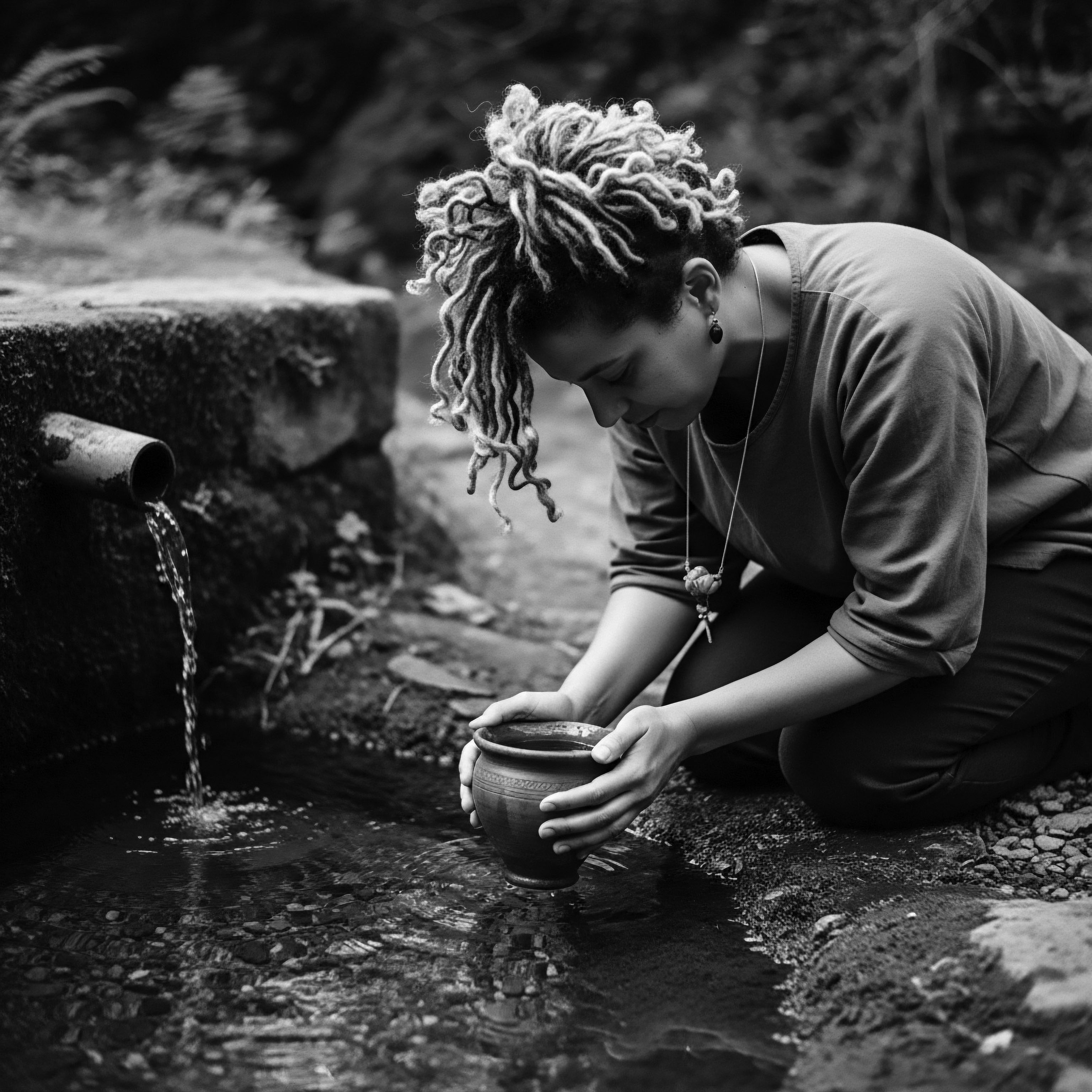
How does Cupuaçu butter benefit textured hair’s moisture?
Cupuaçu butter significantly benefits textured hair's moisture by attracting and sealing water, echoing ancestral practices that prioritize deep hydration for hair vitality.
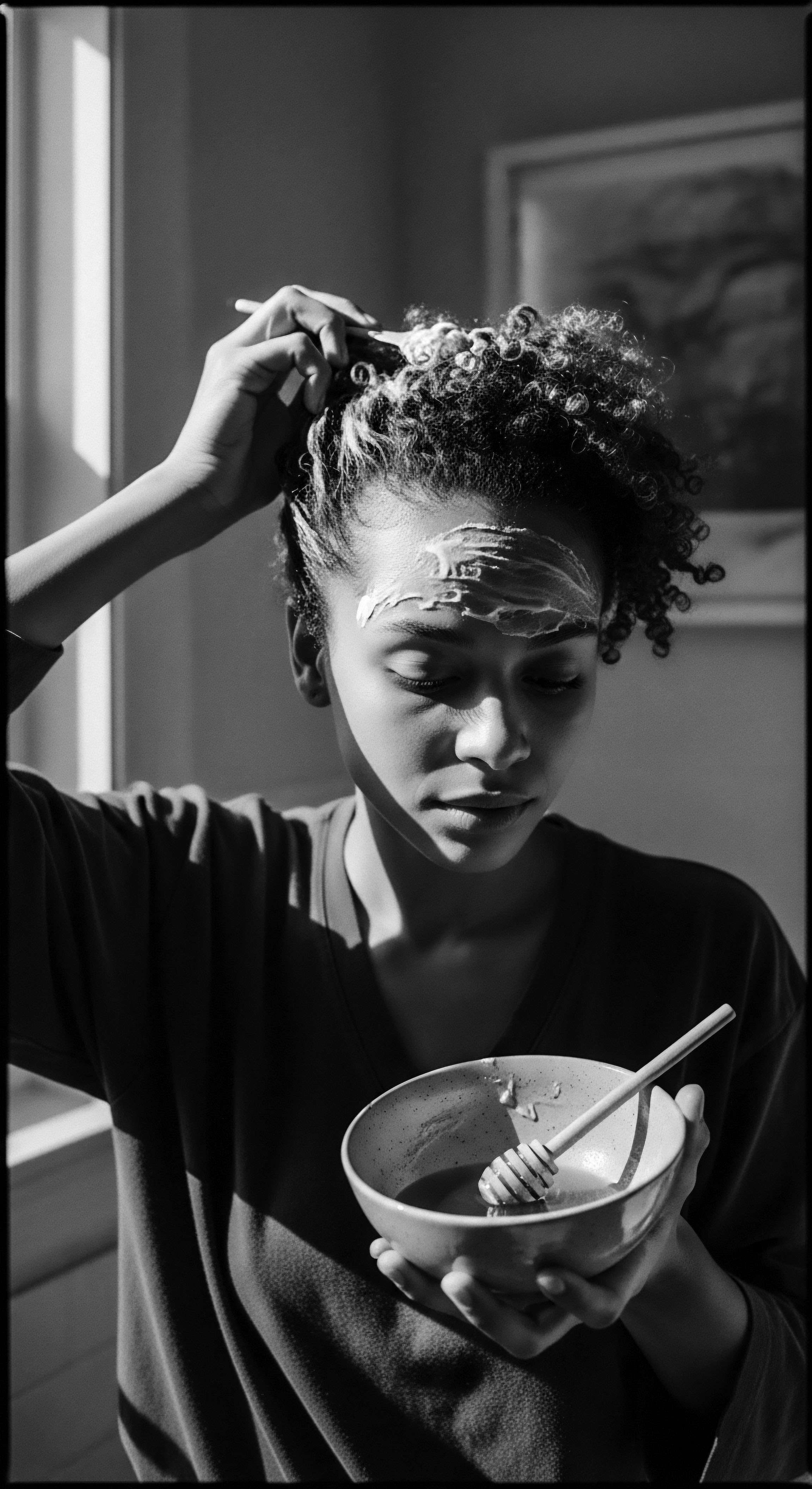
Why is hair moisture crucial for textured hair?
Hair moisture is crucial for textured hair due to its unique coil structure and ancestral practices safeguarding its vitality and heritage.
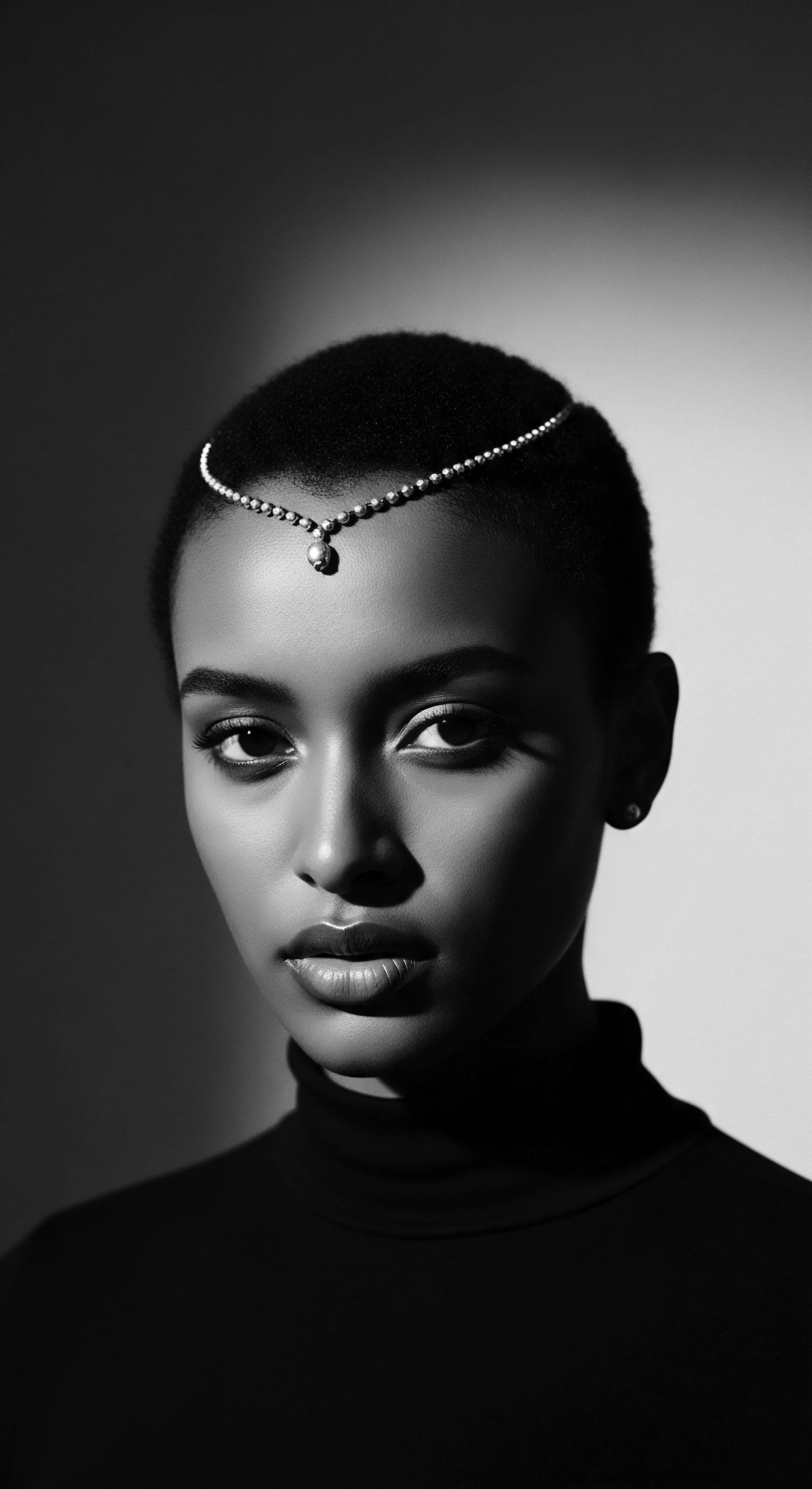
Why do satin wraps benefit textured hair hydration?
Satin wraps reduce friction, preserving textured hair's natural moisture and integrity, continuing an ancestral legacy of protection.
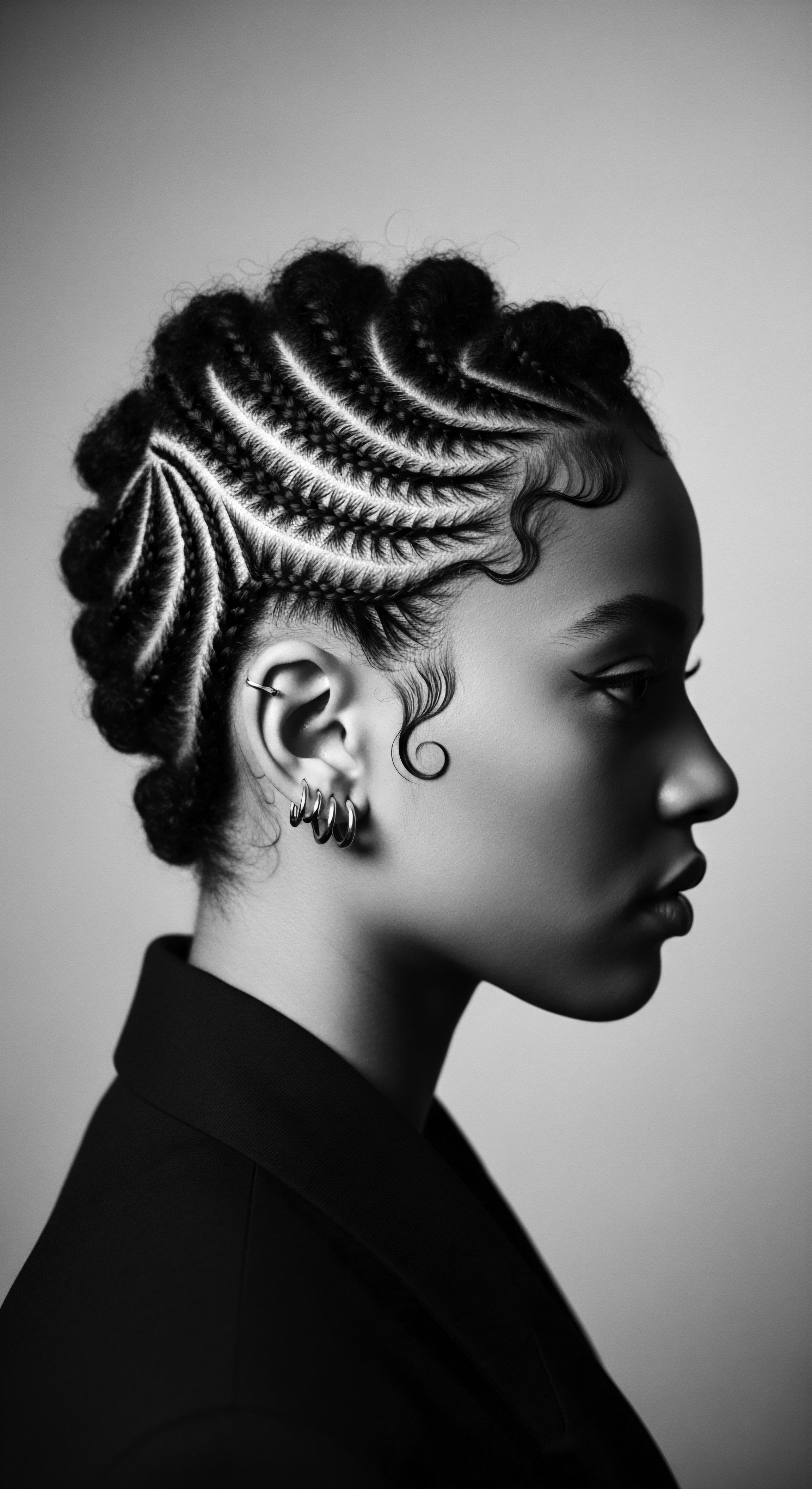
What historical purposes did hair oiling serve for textured hair?
Hair oiling historically nourished, protected, and styled textured hair, while also symbolizing deep cultural identity and ancestral connection.

Why did ancestral practices prioritize hydrating textured hair?
Ancestral practices prioritized hydrating textured hair to maintain its inherent strength and cultural symbolism, understanding its unique thirst.

How do molecular structures of oils protect textured hair lineage?
Oils, through their molecular structures, create protective barriers that shield textured hair from environmental damage and moisture loss.
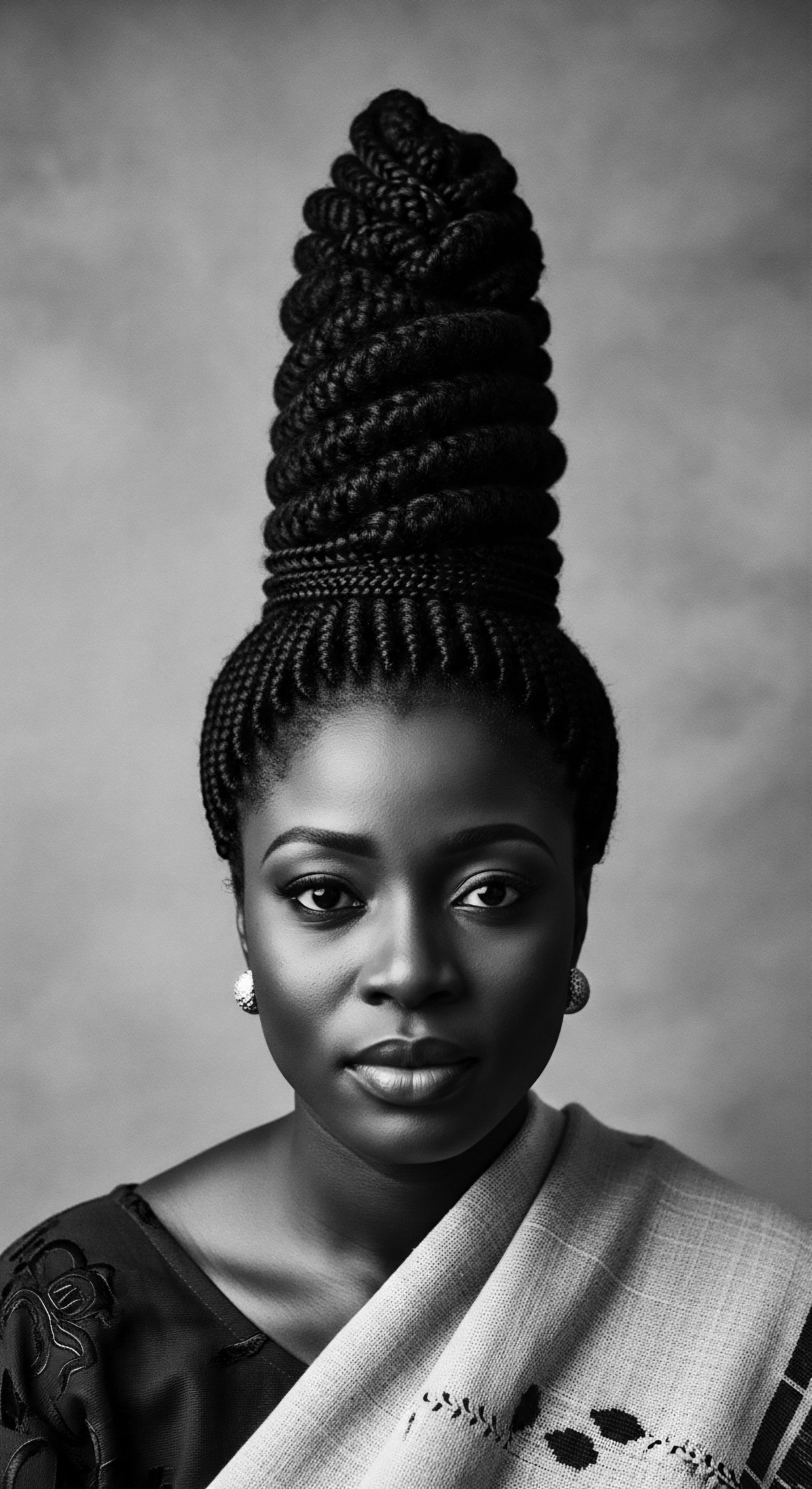
Why does textured hair require consistent hydration?
Textured hair requires consistent hydration due to its unique structure, which inhibits natural moisture distribution, a need understood by ancestral care.
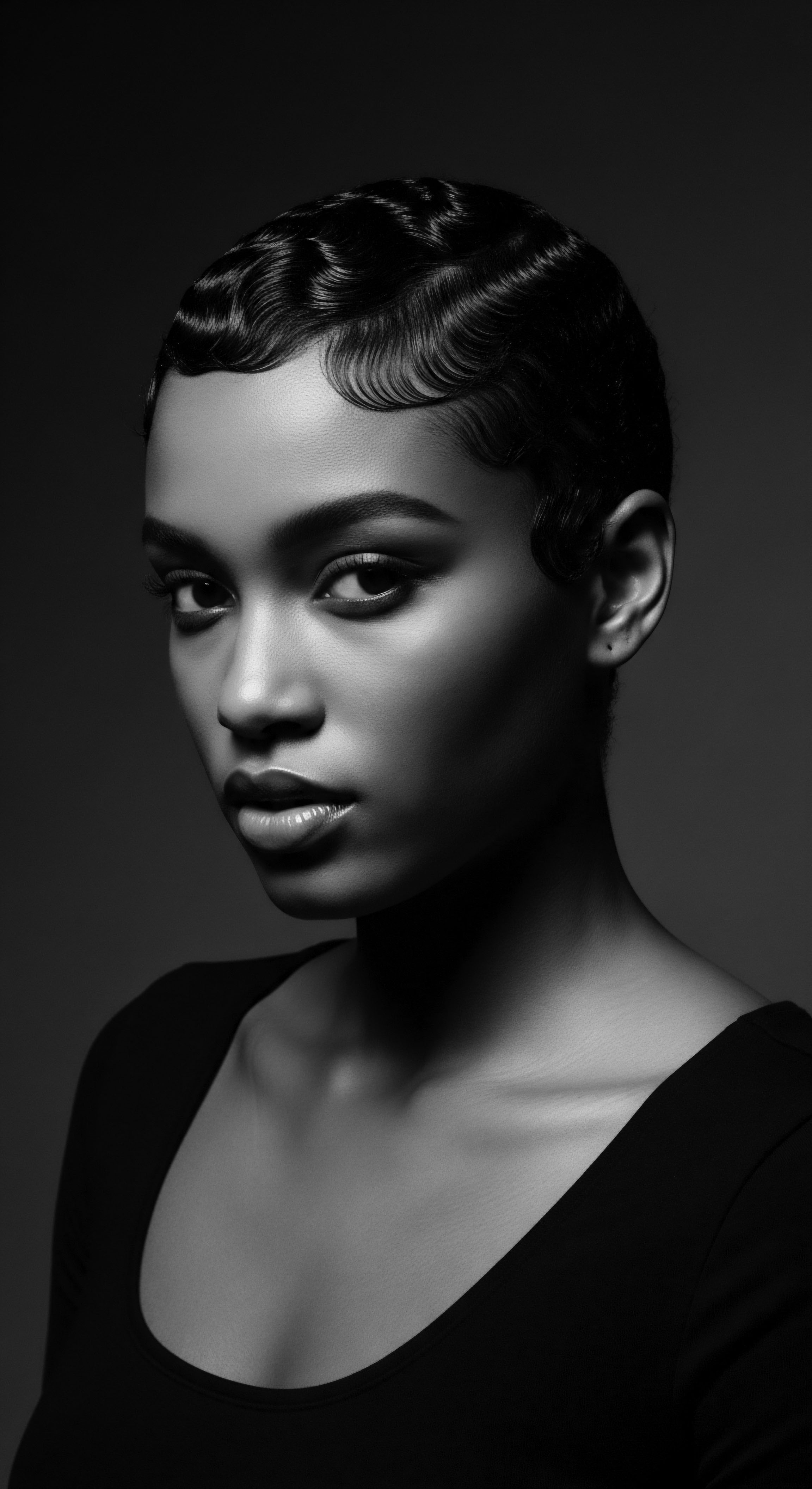
How do ancestral hair oils hydrate textured strands?
Ancestral hair oils hydrate textured strands by creating protective barriers and penetrating the hair shaft, a deep legacy of heritage wisdom.
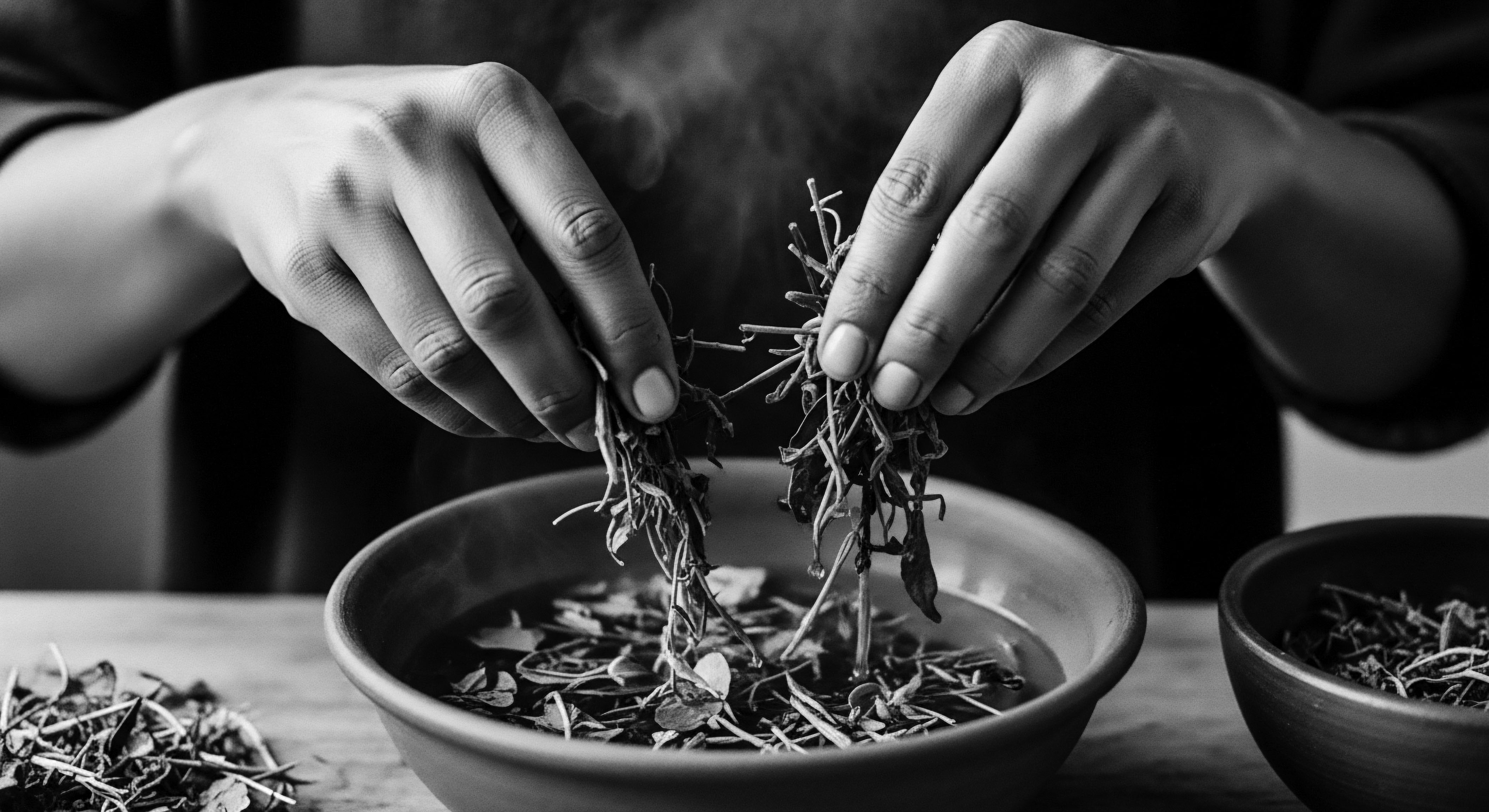
What connections exist between textured hair dryness and cultural history?
Textured hair dryness is deeply connected to its unique coil structure and a rich cultural history of ancestral care practices.

